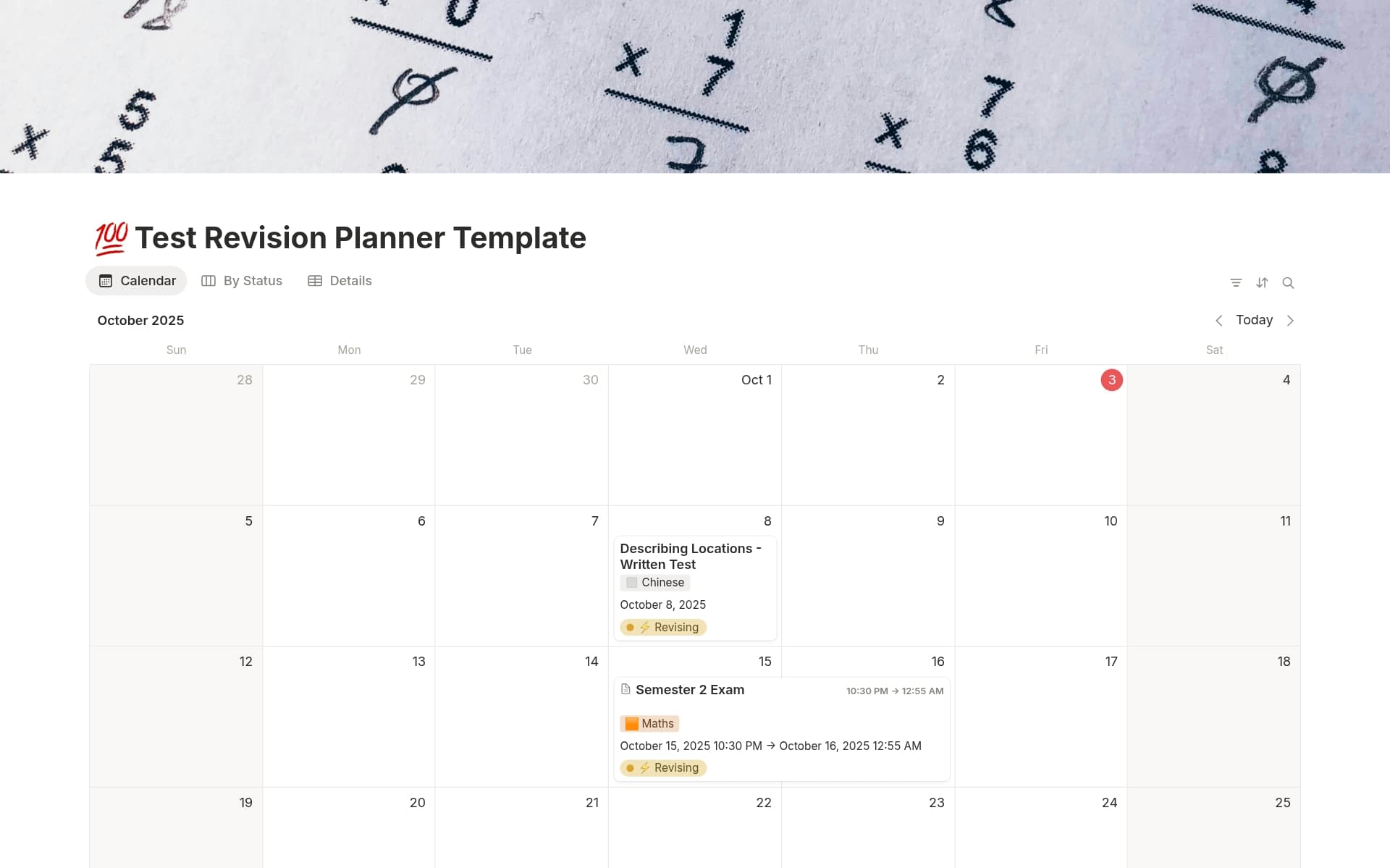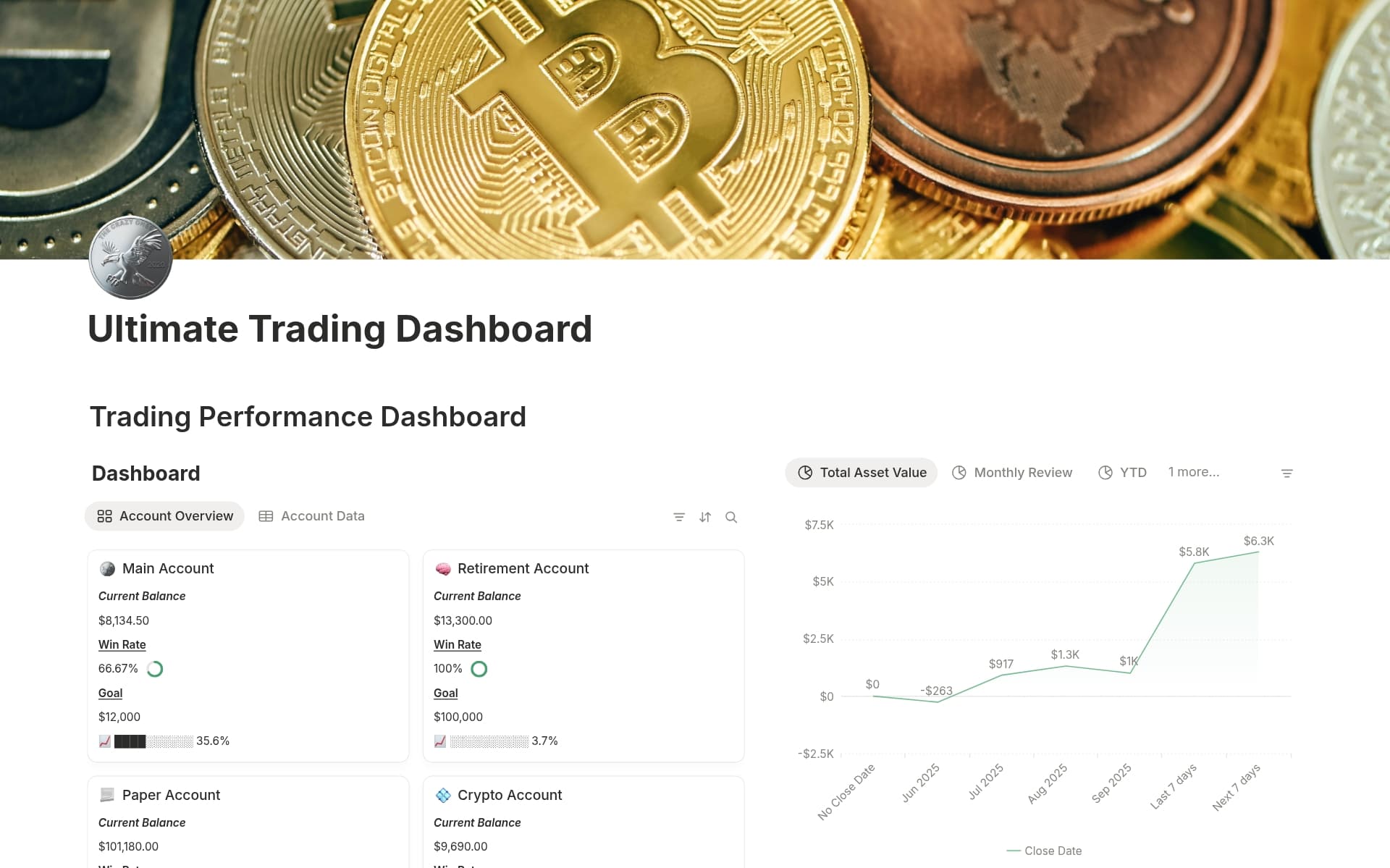Maintaining an organized Asset Catalog is crucial for managing your personal or business assets effectively. It helps you keep track of important details, such as purchase dates, warranty information, and asset values, which is essential for financial planning, insurance, and tax purposes. An Asset Catalog template in Notion simplifies this process by providing a structured and customizable framework, making it easier to manage and update your asset information.
Before you start creating your own Asset Catalog, check out these Asset Catalog Notion templates below to help make it easier.
What Should Asset Catalog Templates Include?
Choosing the right Asset Catalog Template in Notion can streamline your asset management and enhance productivity. Here are key components to look for:
Comprehensive Categorization: A good template should offer detailed categories and subcategories to help you organize assets efficiently and intuitively.
Integrated Search Functionality: Ensure the template includes a robust search tool to quickly locate assets, saving time and reducing frustration.
Update and Maintenance Logs: It's essential that the template tracks changes and updates to each asset, providing a clear history of asset status and ownership.
Access Control Options: Look for templates that allow you to set different access levels, ensuring sensitive assets are protected and only available to authorized users.
Selecting a template with these features will not only preserve the integrity of your assets but also provide a seamless user experience.
What Should Asset Catalog Templates Avoid?
When selecting a paid asset catalog template in Notion, it's important to be aware of certain features that might hinder rather than help your asset management. Here are three key components to steer clear of:
Overly Complex Structures: Templates with too many nested pages or intricate categorizations can complicate asset retrieval, making it difficult to navigate and maintain.
Non-Customizable Fields: Avoid templates that do not allow you to modify fields. Flexibility in editing and adding new fields is essential for tailoring the template to specific needs.
Heavy Use of Automation: While some automation can be beneficial, excessive use can make the template rigid and slow. It's important that the automation does not override manual control.
Choosing the right template involves looking for simplicity, customization, and a balanced approach to automation to ensure it enhances your workflow and asset management.




